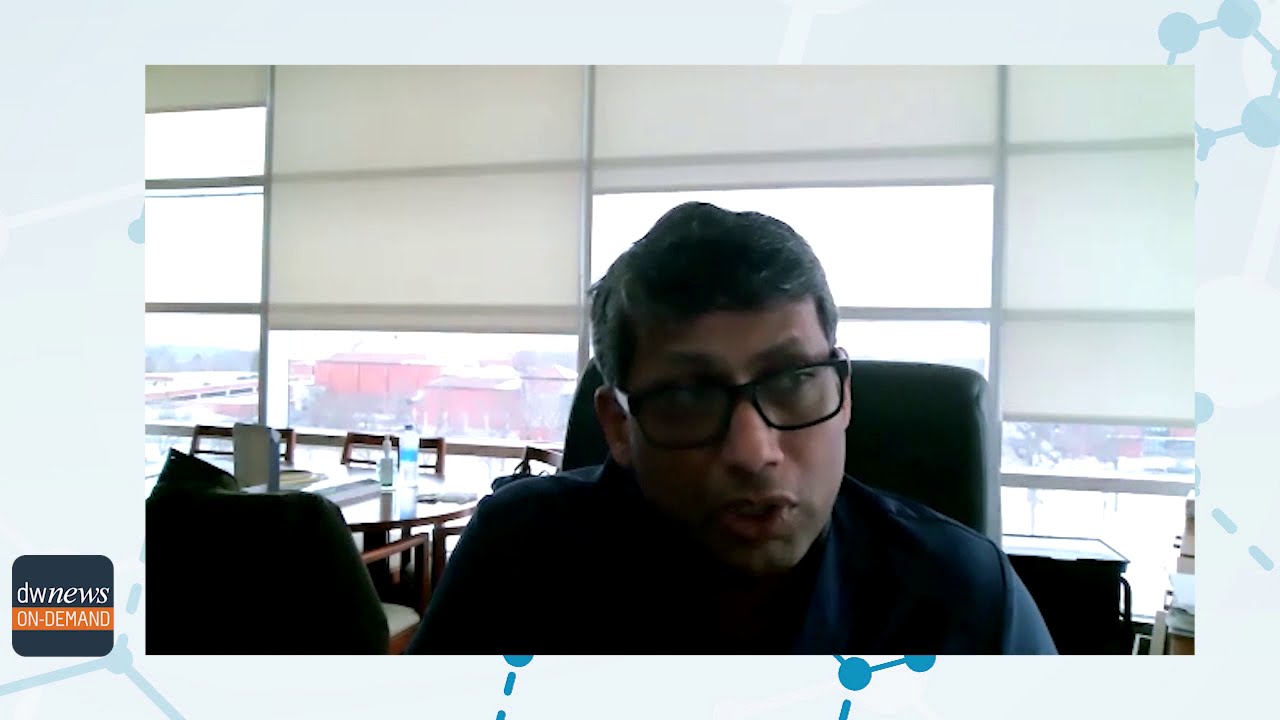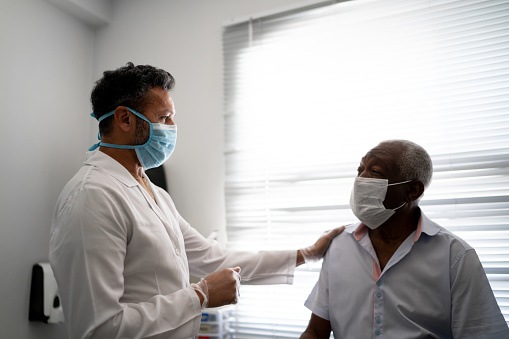
In the randomized, phase III MURANO study, patients with relapsed/refractory chronic lymphocytic leukemia (CLL) treated with fixed-duration venetoclax-rituximab (VenR) were compared with patients treated with standard bendamustine-rituximab (BR). At 48-month follow-up, deep responses with undetectable minimal residual disease (uMRD) were correlated with superior progression-free survival (PFS) in the VenR cohort compared with the BR group. An analysis of the data with a median follow-up of five years, which included long-term MRD kinetics and updated efficacy outcomes, was presented during the 62nd ASH Annual Meeting & Exposition.
Patients were randomized to receive VenR (n=194; venetoclax 400 mg daily for two years plus standard rituximab dose for the first six months) or BR (n=195; bendamustine 70 mg/m2 plus rituximab for six months). In 2018, patients who developed progressive disease after VenR or BR treatment were incorporated into a substudy, allowing this cohort to receive the MURANO VenR regimen.
MRD conversion was defined as “two consecutive assays detecting MRD or [progressive disease] in [patients] who previously had uMRD.” Array comparative genomic hybridization was used to assess genomic complexity—defined as three or more copy number variations—and del(17p) status.
After a median follow-up of 59.2 months (range, 0-71.5 months), VenR resulted in better PFS compared with BR (median, 53.6 months [95% confidence interval [CI], 48.4-57.0] vs. 17.0 months [95% CI, 15.5-21.7]). A total of 130 patients completed two years of venetoclax treatment; of this cohort, the PFS estimates 36 months after treatment were about 51.1% (95% CI, 40.2-61.9). Patients who received VenR, compared with BR, maintained overall survival (OS); the five-year OS estimates were 82.1% (95% CI, 76.4-87.8) and 62.2% (95% CI, 54.8-69.6), respectively.
Patients receiving VenR who reached the end of treatment (EOT) without progressive disease and had uMRD had improved OS compared with those with MRD (83 vs. 35); the three-year post-EOT survival estimates were 95.3% (95% CI, 90-100) and 85% (95% CI, 72.8-97.2), respectively. At five years, among patients with uMRD at EOT, 32 had not shown progressive disease and remained in uMRD, four had progressive disease without prior confirmed MRD conversion, and 47 had MRD conversion. Median time from EOT to MRD conversion was 19.4 months (95% CI, 8.7-28.3). Of the 47 patients with confirmed MRD conversion, 19 developed progressive disease; the median time from MRD conversion to progressive disease was 25.2 months (95% CI, 19.4-30.4). Increasing rates of MRD post-EOT were faster among these patients compared with those with MRD conversion but without progressive disease.
The researchers concluded that PFS and OS benefit was sustained with VenR versus BR treatment. Among those treated with VenR, a correlation was observed between uMRD at EOT and improved OS.







 © 2025 Mashup Media, LLC, a Formedics Property. All Rights Reserved.
© 2025 Mashup Media, LLC, a Formedics Property. All Rights Reserved.